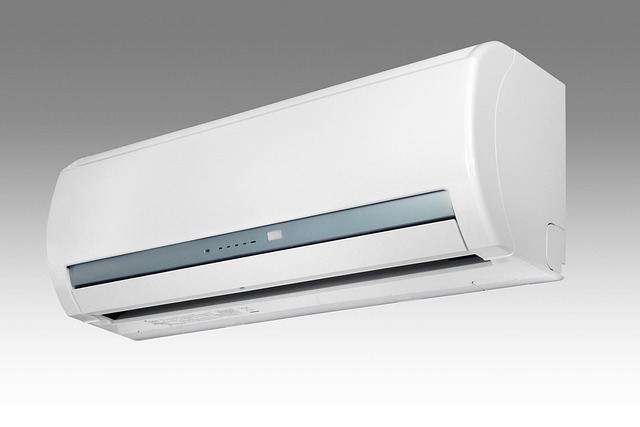Breaking the Sound Barrier: Sonic Technology's Future in Computing
In an age where speed is king, sonic technology is emerging as the next big player in the computing world. With its potential to bring a whole new dimension to data processing and transmission, it's time we delved into the fascinating world of sound-based computing.

A Brief History of Sonic Technology
Sonic technology, in its simplest form, is the use of sound waves to transmit and process information. While it’s a fairly new concept in the field of computing, the basic principles behind it have been around for centuries. For instance, the ancient Greeks used sound waves to send messages over long distances, employing an intricate system of echoing chambers and strategically placed listeners.
Fast forward to the 19th century, Alexander Graham Bell’s revolutionary telephone leveraged sound waves to transmit voice data over copper wires. This marked a significant step forward in using sound as a medium for data transfer.
The digital age saw sonic technology make a comeback in the form of ultrasound, which found use in medical imaging, industrial inspections, and various other applications. The principles of ultrasound, particularly its ability to penetrate surfaces and transmit data, are now being harnessed for computing.
The Present State of Sonic Technology in Computing
Today, researchers are experimenting with the use of sound waves in lieu of electricity to process data. This approach could potentially solve some of the biggest challenges faced by conventional computing systems, such as overheating and energy inefficiency. A team at Stanford University, for instance, has developed an acoustic delay-line memory system that uses sound waves to store data. The system is more energy-efficient than traditional memory systems and doesn’t produce heat, making it a promising solution for future computing needs.
However, it’s not just about processing data. Sonic technology is also being employed for data transmission. Companies like Chirp.io are leveraging the power of sound to send data between devices, creating a new form of communication that doesn’t rely on Wi-Fi or Bluetooth. This innovative approach is being used in a range of applications, from ticketing at events to payment systems.
The Future of Sonic Computing: Cost and Market Impact
The adoption of sonic technology in computing is still in its early stages. However, its potential to transform the way we process and transmit data makes it a hot topic in the tech world. In terms of cost, sonic devices are expected to be more affordable than their electrical counterparts due to their simpler design and lower energy consumption.
As for the market impact, the integration of sonic technology could disrupt the current landscape of computing and data transmission. For one, it could challenge the dominance of electronic devices in the market. Moreover, it could pave the way for new forms of communication and data sharing that bypass conventional networks, creating an entirely new market segment.
The potential of sonic technology is vast and largely untapped. As we venture further into the digital age, it’s clear that sound will play an increasingly significant role in the world of computing. From processing data at lightning speeds without heat production to transmitting information without the need for electronic networks, sonic technology is poised to redefine the future of computing. And while there are still many hurdles to overcome, the buzz surrounding this innovative technology suggests that a sonic revolution might not be far off.




